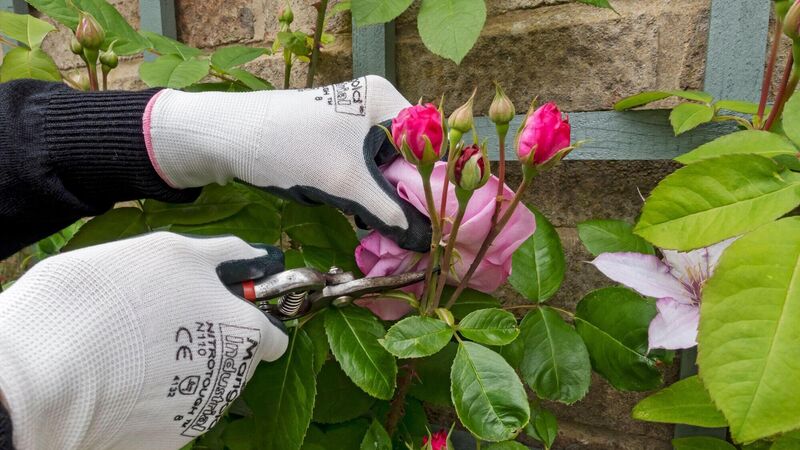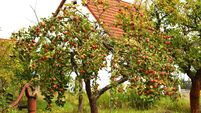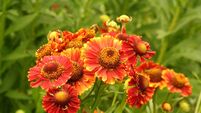Gardening: What is deadheading and is it really necessary?

Remove spent flowers from your plants to keep your garden blooming. Picture: Alamy/PA
If you want to encourage more blooms and prolong your flowering period through the summer, get your snippers out and start cutting off wilted or dead flowers now.
Beginner gardeners may be baffled by the lack of flowering after the first flush of blooms, but it could be they just haven’t given their plants the right treatment.
Deadheading is the process of cutting off dead or faded blooms from plants to encourage more flowers, tidy up plants and avert petals from scattering. It directs the plant’s energy into stronger growth and more blooms instead of seed pods.
Yes it is with most plants, says RHS chief horticulturist Guy Barter. “If the plant sets seed it won’t flower any more.”
Also, if you don’t want a load of plants such as sea holly and lady’s mantle to self-seed, deadheading helps prevent this.
Sweet pea flowers need picking regularly before they start to fade because otherwise telltale pods will appear which cause the plant to think that flowering is over.
“Any sort of perennial that flowers for a long time, such as dahlias, must be deadheaded. Fuchsias also need deadheading, as do penstemons, which bees love. You don’t have to pick off individual flowers, but snip off the flower spike,” he suggests.
If you don’t deadhead fuchsias the flowers will drop off, but they will leave seed pods which discourage the emergence of new flowers. If you deadhead the flowers, remove any seed pods with them.
Pelargoniums should be deadheaded, removing the flower and the long stalk, using secateurs to cut it just above where it joins the main stem. Other plants commonly used in containers such as osteospermums, diascias, nemesias and argyranthemums can last through to the first frosts with regular deadheading.
“So-called bedding annuals are actually short-lived perennials, so your summer-flowering annuals like calendulas and nigellas won’t come back but the tender perennial types – the dahlias and the cherry pie plants (heliotropes) – will come back and go on and on until the light and cold stops them growing,” Barter says.
“You’d soon get tired of deadheading lobelia,” he reflects. “Let it run its course, then get a pair of scissors to cut it back. It will come back, but by August we’re running out of heat and light so you may not get as much of a return.”
“Plants which just flower once a year such as echinacea don’t need deadheading. You can leave them as they have very ornamental seedheads.”
Chrysanthemums also only flower once. You can deadhead them to tidy them up, although their seedheads are not very attractive, he says.
“Most bush and shrub roses nowadays will flower again and the more thorough you are with your secateurs getting rid of those spent flowers, the better the later flowering will be, although it will never match the June/July first flush.
“Some roses, such as Rosa rugosa, just flower once and you should leave those for the hips that they produce in autumn.”
How long will repeat-flowering plants last without deadheading?
“A week or two, probably,” says Barter. “You need to deadhead once a week in hot weather and twice a week in cooler weather.”

“By and large I would pinch out anything soft enough and take out the whole flower to the base. In theory, just taking off the bloom and leaving the stalk should be alright but the plant looks like a dog’s dinner so it’s better to take off the whole stem, either by breaking or snipping.”
However, with plants such as petunias the stalk isn’t very obtrusive so you might just take the flower off. Petunias do get straggly towards the end of summer so you could cut the stems back then, he suggests.
Hardy geraniums and catmint can be cut back close to the ground after flowering and should produce another flush of flowers.

“In theory, you need to take out as little as possible so that it will come back into flower quicker. But if you cut out the whole stem and take a few leaves down to a bud, it will come back into flower more slowly but there may be more and better flowers,” says Barter.
Absolutely. If you snip off flowers thoroughly, even healthy ones, you will hopefully return to a new flush. If the buds on dahlias, for example, are swelling and they are going to flower while you are away, cut them off before you go.












